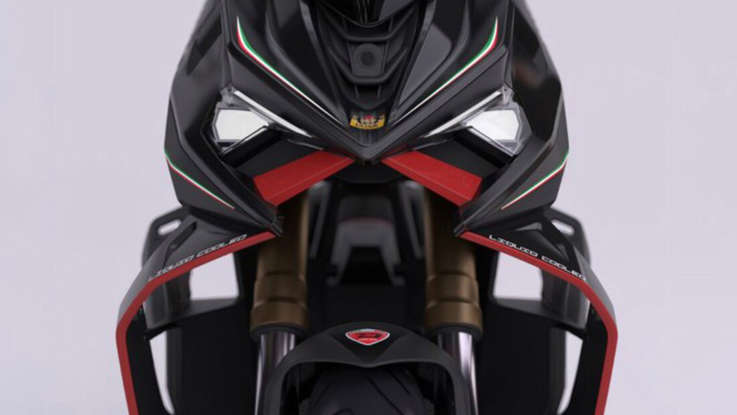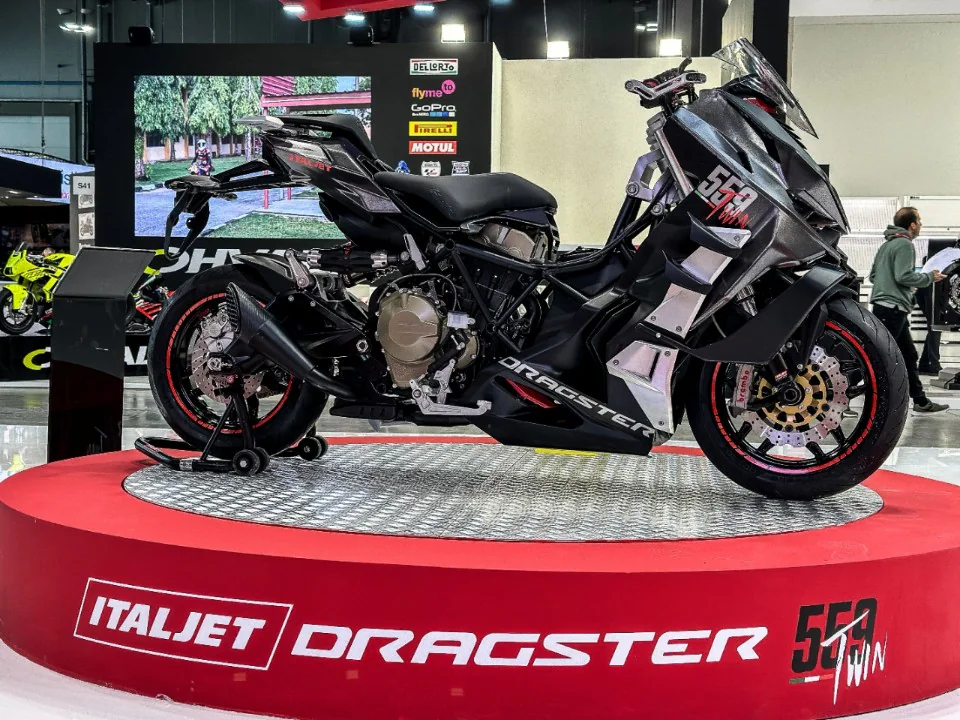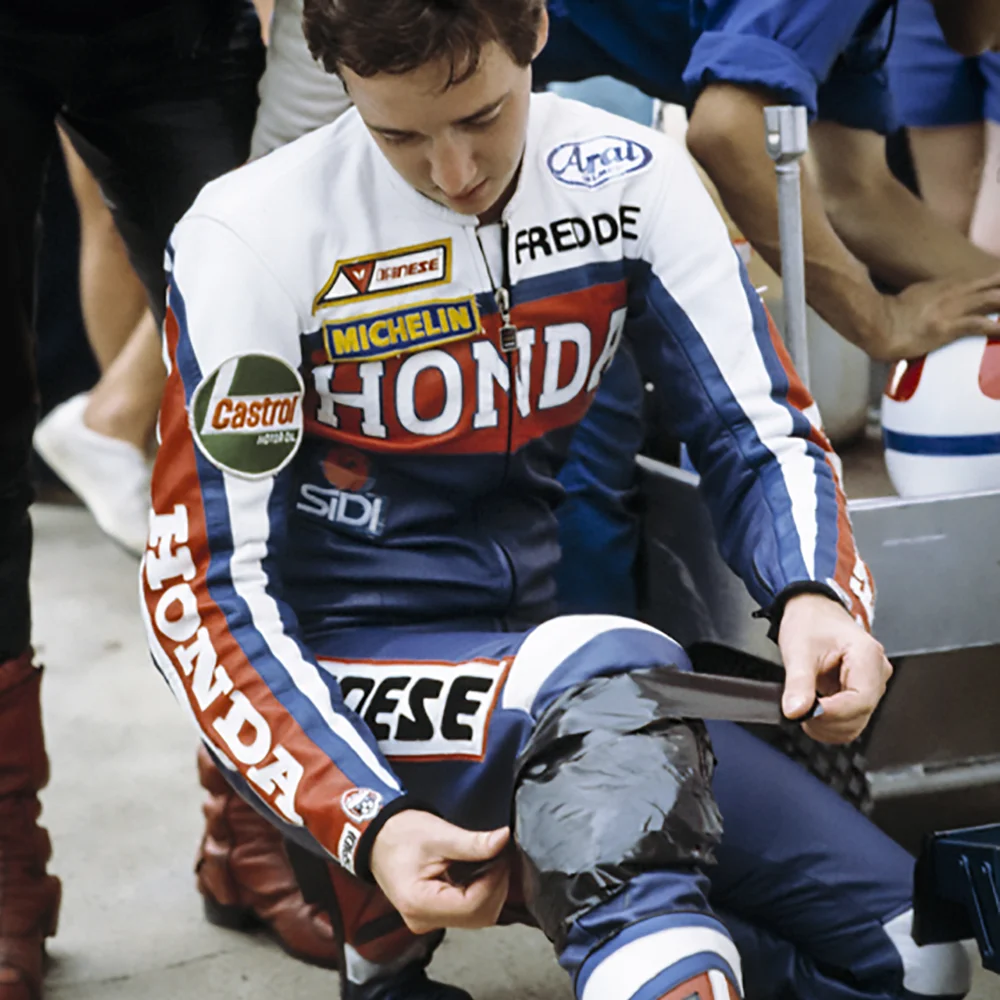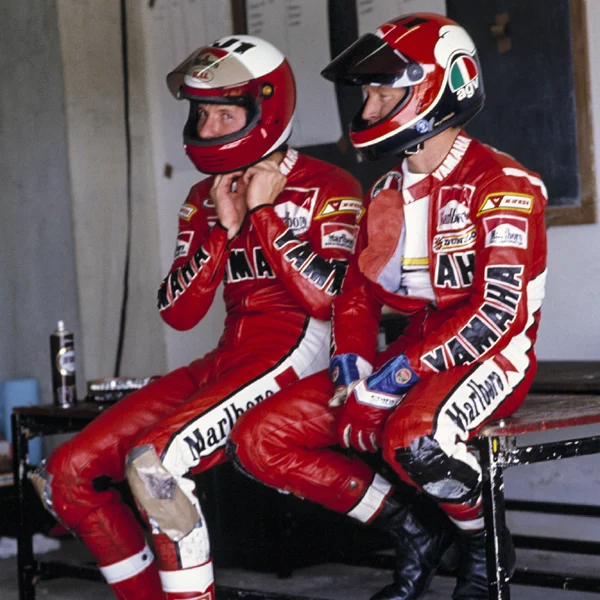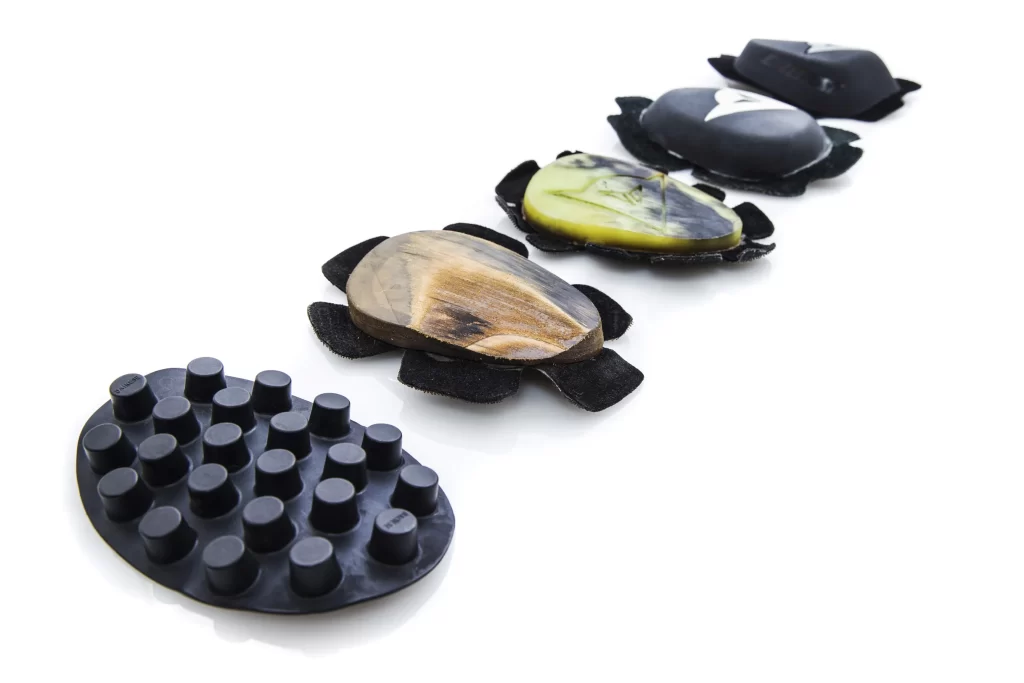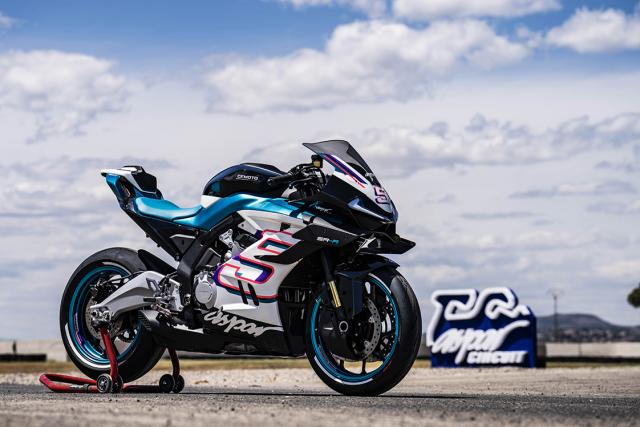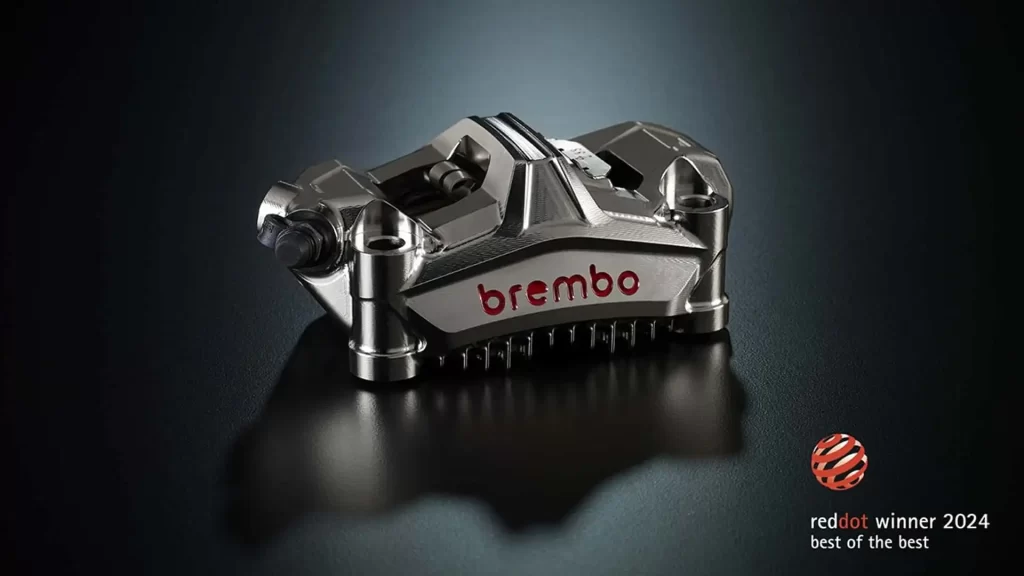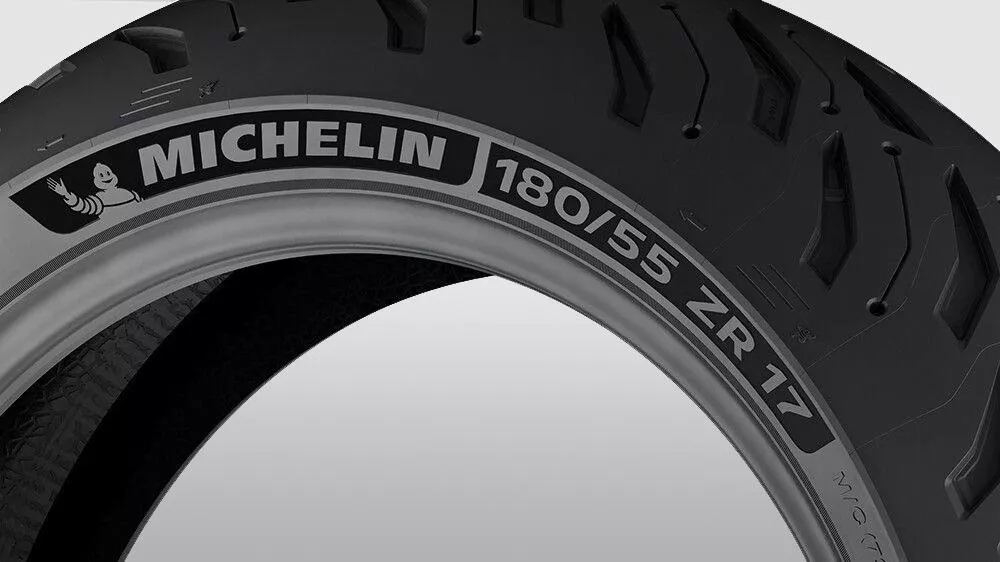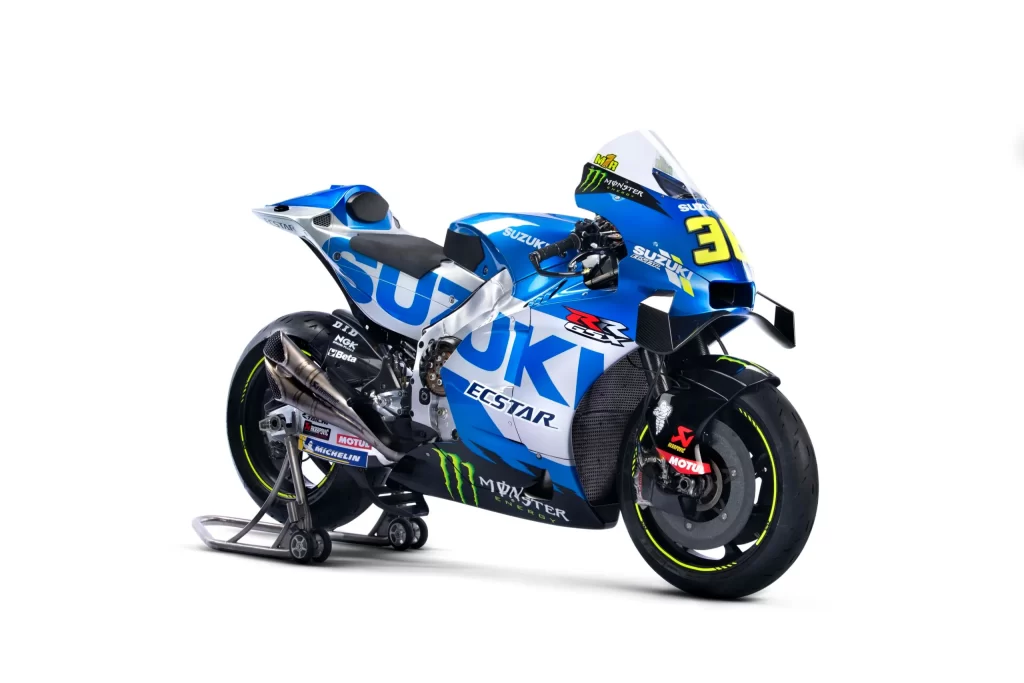Reaching this stage in life has taught me to appreciate the simplest things in life. I used to crave the fastest, baddest superbike while not paying much attention to the lesser powered motorcycles. But then superbikes became too powerful and complex – you cannot even sort out the fuelling without a diagnostics system anymore… So, has this 2024 Suzuki Burgman Street 125EX show up at the right time?
What is it?
The Burgman range is where you find Suzuki’s luxury scooters, consisting of 125cc, 400cc, and 650cc variants. The Avenis range, on the other hand, consists of the sportier models.

The Burgman Street 125EX is powered by a 125cc, SOHC, two-valve, air-cooled 4-stroke Suzuki Eco Performance-Alpha (SEP-α) engine. It produces 8.6 hp at 6,750 RPM and 10 Nm of torque at 5,500 RPM. It is also equipped with the Engine Auto Stop-Start (EASS) and Suzuki Silent Starter System.
Additional features include the trappings of any scooter such a floorboards, underseat storage, storage bins at the front, a hook in front and another just underneath the front of the seat.

The first thing that strikes you about the Burgman 125 is how large – more like how bulbous – it looks despite being a 125cc scooter. The leg shields extend much further out the sides, and the side panels are similarly rounded to complete the theme. It reminded me of the Suzuki Gladius 650.
Riding the 2024 Suzuki Burgman Street 125EX
Grabbing the handlebar the first time, they are apparently as wide as on bigger bikes. Personally, I prefer wider handlebars because they provide more steering leverage.

You only need to tap the starter button once and let go as the aforementioned Silent Starter System will take over and er… start the engine.
Twist the throttle and… the bike just purred off idle. That was exactly how it was. It did not give a swift punch off the line, even when we nailed it full wide open. It was like a motorcycle with an extremely tall final drive ratio.

However, we soon discovered that Suzuki built it this way for the city. The engine was super smooth – serene even – between 60 – 80 km/h.
Suzuki motorcycles are well known for their easy handling characteristics and this was no exception. It was stable on straight roads, while the wide handlebar provided lots of leverage to steer. It required only the slightest pressure to change directions, allowing you to zip through traffic with ease.

Surprisingly, the scooter had lots of ground clearance despite the low seat height. I tried our best to grind the belly fairing and stands but I never succeeded. (Shhh… I ground a BMW R 1200 GS cylinders in corners before.)
We decided to ride it up to Genting Highlands, as we always did with any test bike. we already know the route like the back of our hands and taking different bikes on the same route allowed us to test the bikes, not the route.

We maxed out the Suzuki Burgman’s horsepower on the highway, hitting 108 km/h on downslopes. The engine continued to be smooth without sounding like it was going to detonate. There was just very little buzzing through the handlebars. Again, credits to Suzuki for building strong engines.
The long wheelbase again showed its benefits as the bike did not swerve or wobble when passing or being passed by heavy vehicles.

But the neat stuff for me was when we climbed that mountain proper, after the first checkpoint. Full gas upslope, the bike did between 60 – 70 km/h. We just held the throttle in its position and steered the bike through all the corners. The bike did not wobble at all unless it hit a pothole or uneven surface. All those luxury car drivers were wide eyed when they saw a little scooter passing them in the corners and pulling away! And that sequence of S-corners just before Gohtong Jaya was so much fun. Ah, the satisfaction.
We should also mention that the road surface was still damp from the overnight rain. Some scooters we tested before slipped and slid in the corners, but the Burgman held fast. There was one occasion when the rear started to go wide but it was instantly cured by lifting the bike up a little from its lean angle.

But, there must be some disadvantages, surely? Yes, of course, every bike does.
Coming back down the mountain revealed that the front brake needed lots of lever pressure to decelerate the bike with this 85-kg rider aboard. Good news was the rear drum brake never locked up even when hard braking was applied over the yellow speed breakers. So, plan your riding strategy ahead of time and give yourself more room to brake and stop.
Besides that, being a street scooter means the suspension has shorter travel and Genting’s pothole-ridden road did not help. Quite some bump energy was fed through the chassis to the rider. However, we wish to point out that sportbike riders would feel the same, so it is not to say the Burgman 125 specifically was bad in this department.

So, back on Karak Highway, it was full throttle from the on-ramp all the way through the series of corners until that final sharpish left, following that long, long righthand sweeper. The Burgman’s chassis instilled so much confidence, yes, despite the small wheels(!), that blasting corners was almost hilariously fun. We actually overtook several bigger bikes (150cc, 155cc, and a 200cc) in the long sweeper – on the outside.
Back on the straighter sections, it was time to relaxed and I backed it off to 90 km/h, while revelling at how smooth the engine was. The suspension also settled down nicely. The seat was also thickly padded and there was nothing sore at the end of the ride.

Who is the 2024 Suzuki Burgman Street 125EX for?
The way we see it, it is the perfect bike for those who commute daily as something that gets you from your home to your workplace and back without drama and fuss. It is a motorcycle that you get on, thumb the starter button, twist the throttle, and off you go. Simples.
It is also a great choice for Mums (and some Dads) who ferry their kids to school. I did exactly that for my son, zipping past the bleary eyed and irritated parents who had to wake up so early only to get stuck in a traffic jam. The brakes were not grabby for a reason, as it avoids ham-fisted riders from locking up the front tyre in panic situations. The smooth, user-friendly powerband and wide comfy seat will boost any kid’s confidence. My son was upset when I returned it. This is saying a lot because I had carried him on all sorts of bikes. How is that for a passenger’s review?

Last but not least, the engine was really fuel efficient, with the fuel consumption indicator hovering around 46 to 52 km/litre for daily urban riding. That equated to a range of more than 250 km on a full 5.5 litre tank . That “adventure” at the Karak Highway and Genting Highlands took a lot more fuel, of course, bringing it down to 36 km/l.
In closing, we found the 2024 Suzuki Burgman Street 125EX befitting its “street” denotation, and the meaning of appreciating the simple things in life, on two wheels.

2024 Suzuki Burgman Street 125EX Photo Gallery














































